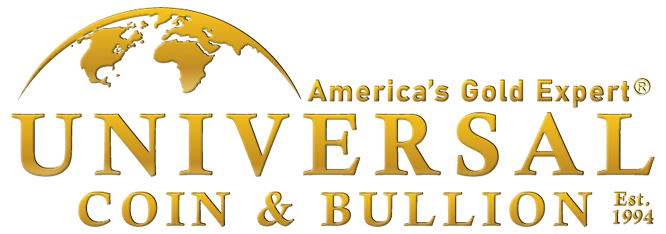Ways To Tell If Your Coin Is Rare
1. Check the Coin’s Age and Mintage
Determining whether you have a rare coin requires examining its age, minting details, and collector demand. Coins minted before the 20th century or those with low mintage numbers tend to be more valuable, especially if they are from historical periods. Checking the coin’s date and mintmark against numismatic reference guides can help identify its rarity. If your coin is made of precious metals like gold or silver, it may also have added value. Searching for your coin in online databases or price guides can provide insight into its worth.
2. Look for Minting Errors and Unique Features
Another key factor in identifying a rare coin is the presence of minting errors or unique design variations. Coins with double strikes, misprints, off-center designs, or missing elements are often highly sought after by collectors. Notable examples include the 1955 doubled die penny and the 2000 Sacagawea dollar mule error. Examining your coin under magnification and comparing it to verified images from reputable numismatic websites can help determine if it has a rare error. Using keywords like “rare coin errors” or “valuable coin misprints” when researching online can yield helpful results.
3. Assess the Coin’s Condition and Market Demand
The coin’s condition and market demand also play a significant role in determining its rarity and value. Coins in uncirculated or mint condition are typically more valuable than those with heavy wear. Professional grading services like PCGS (Professional Coin Grading Service) or NGC (Numismatic Guaranty Company) can authenticate and assign a grade to your coin, increasing its credibility among collectors. Checking recent auction sales, coin-collecting forums, and numismatic price guides can help determine if your coin is rare and valuable. To maximize your chances of finding an accurate valuation, search for phrases like “how to value a rare coin” or “coin grading services near me.”


